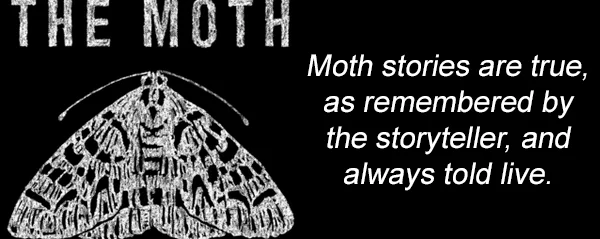The Challenge of Finding Historical Truth
My last post touched on the art of Interviewing From a Historical Perspective as a way to enrich your story by including the experiences of others. But finding the truth in history can be a problematic topic unto itself, as so much of what we think of as history deviates from the truth in sometimes subtle, and sometimes dramatic fashion.
The decisions we make are largely based on our perceptions of the past, which means the only way we can tell a true narrative is to understand the past correctly. As long as we live within a lie that others have told to protect/enhance their reputation or further their false ideology, we will create/enable a new generation of liars. ~ML
In a recent Longform podcast episode Evan Ratliff spoke with Michelle García, and part of that interview dealt with the issue of determining what is true, as well as the difference between just telling the truth and telling an honest story.
Do listen. It’s a masterclass in coming to understand who you are, where you come from, and the challenges of telling an impactful story others need to hear.
How You Alter the Narrative
If your intent is to capture a story’s essence, to reveal a fundamental truth to your readers/listeners, then you need to be aware of the perspective that you bring to the table, a perspective that affects the process of assimilating the facts, coloring the raw landscape that you’re attempting to faithfully paint.
This process of self-examination and reflection embraced by Michelle guides her in the story creation process, and as you will hear, it requires a special sense of awareness – of your beliefs, your values, and your way of experiencing the world in each present moment.
That the facts are all there, and they’re all accurate, and they’re all right, that I began to wonder, just because you have the facts right, does that mean the story is true in its essence? ~ Michelle García
At one point Michelle refers to a conversation that she had with a law professor on the topic of history repeating itself. His observation was one that we should consider when trying to understand any chain of events: “It’s not that history’s repeating itself, it’s that this is the present moment, reaching into the past, to define its future.”
Take a moment to ponder that statement and consider how it relates to the story that you want to tell. You’re writing in that present moment yet recalling a myriad of events you’ve experienced. The conversations, the environments, the emotions, the interpretations. And you’re telling your story for the simple reason that you have a desire for others to understand what you have learned or come to believe, and maybe, just maybe, their future will be different as a result.
The true power of storytelling lies in the fact that your story can become part of someone else’s story. ~ML
Michelle García as Restless Rebel
I’m always fascinated by the journey that creatives embark upon, or become a part of beyond their will, as they etch out the path which brought them to the current moment of creation. What drives you, pushes you, frustrates you?
I was such a rebel. I was punk. I was angry. I was Sex Pistols. I was The Ramones. I wanted to kick doors down. You have a fury that no one has articulated, put into words, taught you how to channel, and so now you go about the world like a loose cannon, which is what I did, looking to find where you can sort of catalyze all of this energy. ~ Michelle García
Michelle came from a small Texas town that in one narrative would have been a footnote, but in today’s climate of immigrant controversy, of demonizing the other, has taken on a more relevant meaning.
To be able to write about where I was from, was, in a way, to capture a spirit of storytelling, a spirit of what it means to be a journalist, in a way that I had not known before. ~Michelle García
Is that true in your case? Is place a character in your story? A character that’s woven into the fabric of your storyline? How has your origin story shaped the reality of your present moment? The role that it plays is often overlooked or sidelined by speakers/writers. Don’t let it take a back seat. It’s part of your truth.
◆
◆
contact me to discuss your storytelling goals!
◆
Subscribe to our newsletter for the latest updates!
Copyright Storytelling with Impact® – All rights reserved



